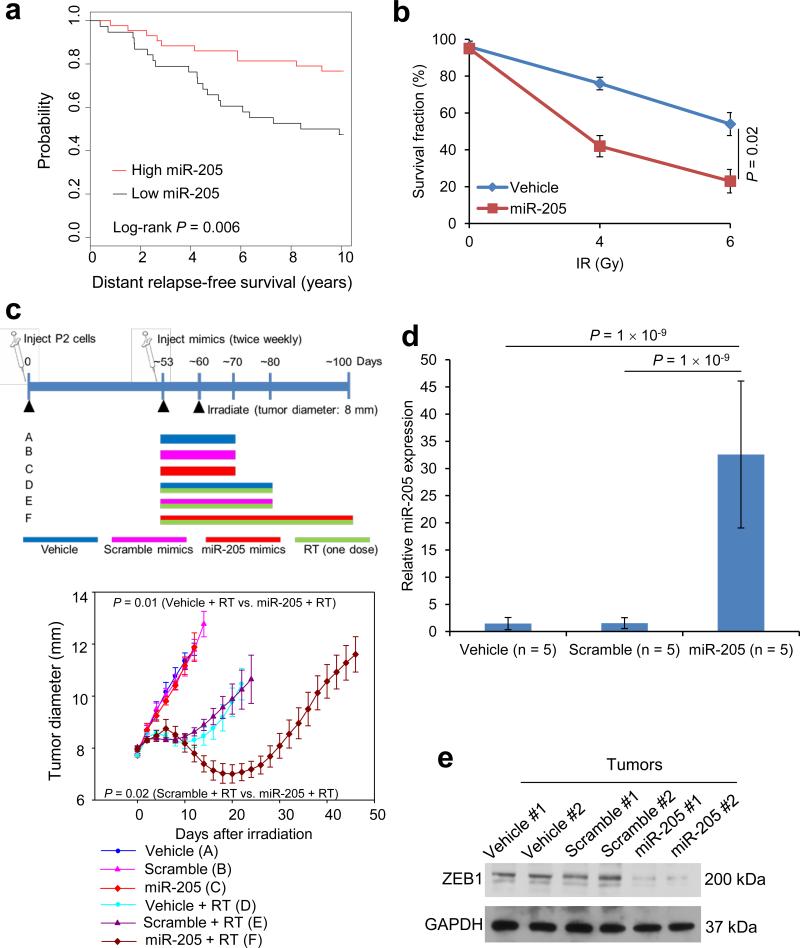Figure 2. Therapeutic effect of miR-205 mimics in mice.
(a) Kaplan-Meier curves showing the distant relapse-free survival of patients with high (n = 43) or low (n = 38) expression of miR-205 in their breast tumors. The P value was determined by a log-rank test.
(b) Clonogenic survival assays of SUM159-P2 cells incubated with 100 nM DOPC-encapsulated miR-205 mimics. n = 3 wells per group.
(c) Top: overview of the experimental scheme. Bottom: tumor size of mice bearing SUM159-P2 xenografts. Mice were treated with the vehicle or DOPC-encapsulated miR-205 mimics or scramble mimics. Tumors were locally irradiated with a 15-Gy single dose (RT). n = 5 mice per group. General linear model multivariate analysis was performed to determine statistical significance.
(d) qPCR of miR-205 in tumor tissues from the mice described in c. n = 5 mice per group.
(e) Immunoblotting of ZEB1 and GAPDH in tumor lysates.
Data in b, c and d are the mean of biological replicates from a representative experiment, and error bars indicate s.e.m. Statistical significance in b and d was determined by a two-tailed, unpaired Student's t-test. The experiments were repeated 3 times.

